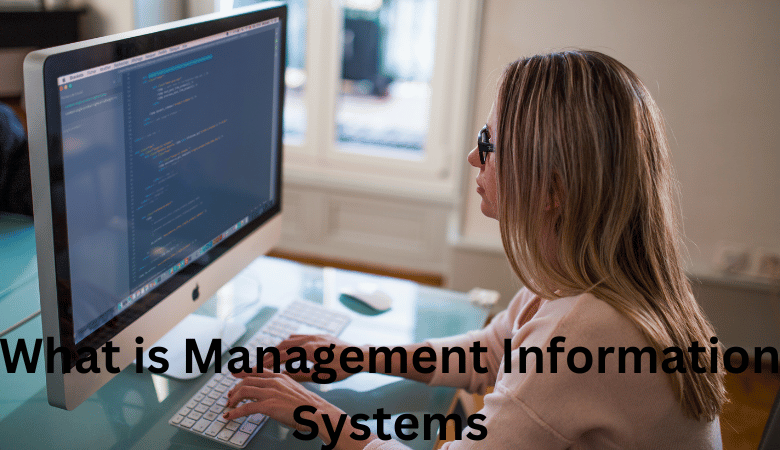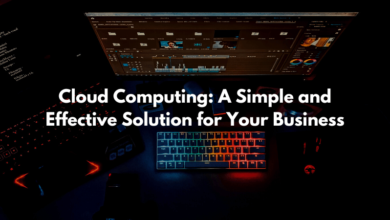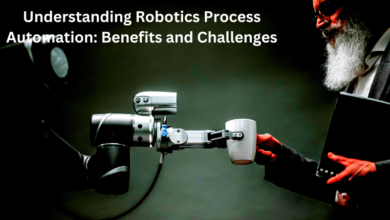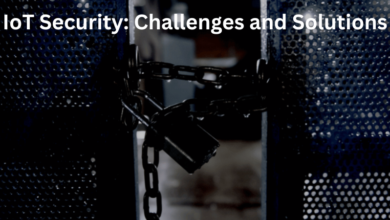What is Management Information Systems

Management information systems (MIS) are a type of information system that are used to support the management of a business or organization. MIS can be used to manage a company’s information resources, such as data, documents, and systems. MIS can also be used to manage a company’s operations, such as customer service, marketing, and financial management.
1. Management Information Systems: What Are They and What Do They Do?
Management information systems (MIS) are a subset of information systems that includes people, hardware, software, data, and processes that collect, store, and distribute information to support decision making within an organization. The term is also used to refer to the study of these systems.
MIS can be used to support a variety of decision-making activities, including strategic planning, operations management, and resource allocation. In addition, MIS can be used to track organizational performance and to make decisions about where to allocate resources.
MIS is a critical component of any organization, and the ability to effectively use MIS can be a major differentiator between successful and unsuccessful organizations.
Organizations use MIS to collect data from a variety of sources, including internal databases, external data sources, and user input. This data is then processed and analyzed to support decision making.
MIS can be used to support a variety of decisions, including strategic decisions, operational decisions, and resource allocation decisions.
Strategic decisions are long-term decisions that impact the overall direction of the organization. Operational decisions are short-term decisions that impact the day-to-day operations of the organization. Resource allocation decisions are decisions about how to allocate resources, such as money, people, and time.
MIS can also be used to track organizational performance. This information can be used to make decisions about where to allocate resources and how to improve performance.
MIS is a critical component of any organization, and the ability to effectively use MIS can be a major differentiator between successful and unsuccessful organizations.
2. The Importance of Management Information Systems
A management information system (MIS) is a critical component of any organization. It helps managers make informed decisions by providing accurate and up-to-date information. An effective MIS can give managers the information they need to make sound decisions, improve communication, and increase efficiency.
There are many benefits of having an MIS in place. Perhaps the most important is that it can help managers make better decisions. By providing accurate and timely information, an MIS can help managers avoid costly mistakes. In addition, an MIS can help managers improve communication within the organization. By sharing information more effectively, an MIS can help reduce confusion and increase efficiency.
An MIS can also help organizations keep track of their performance. By tracking key performance indicators (KPIs), an MIS can help managers identify areas where the organization is excelling and areas where improvements need to be made. An MIS can also help organizations plan for the future by providing information on trends and patterns.
While there are many benefits of having an MIS, it is important to note that there are also some challenges. One challenge is that an MIS can be expensive to implement and maintain. In addition, an MIS can be complex, which can make it difficult to use. Finally, an MIS can be subject to security risks.
Despite the challenges, an MIS can be a valuable tool for any organization. When used effectively, an MIS can help managers make better decisions, improve communication, and increase efficiency.
3. How Management Information Systems Help Organizations
Management information systems (MIS) are a subset of information systems that focus on providing information to support the decision-making needs of managers.
MIS play a vital role in an organization by providing timely, accurate, and relevant information to managers who can then use this information to make informed decisions.
The goal of MIS is to provide managers with the information they need to make better decisions. In order to do this, MIS must be integrated with the organization’s other information systems.
MIS must also be designed to meet the specific needs of the organization and the individual managers.
Some of the ways in which MIS can help organizations are by providing information for planning, controlling, and decision making; by improving communication; by providing a competitive advantage; and by increasing productivity.
MIS can help organizations in a number of ways. The most important way is by providing information that can be used for planning, controlling, and decision making.
MIS can provide information on a variety of topics, such as sales, marketing, production, and finance. This information can be used to make decisions about where to allocate resources, what products to produce, and how to price products.
MIS can also help improve communication within an organization. By providing information in a timely and accurate manner, MIS can help reduce the amount of time that is wasted on communication breakdowns.
MIS can also provide a competitive advantage. By providing managers with information that is not readily available to their competitors, MIS can give organizations a leg up in the marketplace.
Finally, MIS can help increase productivity. By providing managers with information that they need to make informed decisions, MIS can help save time and increase efficiency.
MIS play a vital role in organizations. They provide managers with information that can be used for planning, controlling, and decision making. In addition, MIS can help improve communication, provide a competitive advantage, and increase productivity.
4. The Components of a Management Information System
A management information system (MIS) is a set of systems and procedures that gather data from a variety of sources, compile it and present it in a useful format. The main purpose of an MIS is to give managers the information they need to make decisions about the organization’s operations.
An MIS has four main components:
1. Hardware: This includes the computers and other physical equipment that is used to gather, store and process data.
2. Software: This is the set of programs that is used to manipulate the data.
3. Databases: This is where the data is stored.
4. People: This includes the people who operate the system and those who use the information it provides.
5. How Management Information Systems are Used
Management information systems (MIS) are a subset of information systems that includes people, hardware, software, data,
processes and information technology infrastructure within an organisation. The main purpose of an MIS is to
provide accurate, timely and relevant information to support decision making in an organisation.
MIS can be used for a variety of purposes, including:
1. To support operational decision making: MIS can be used to provide information about the current state of the
business, such as sales figures, stock levels, production output, etc. This information can be used to make day-to-day
decisions about the running of the business.
2. To support strategic decision making: MIS can be used to provide information about the long-term direction of the
business, such as market trends, customer needs, etc. This information can be used to make decisions about the future
direction of the business.
3. To support decision making at all levels: MIS can be used to provide information to decision makers at all levels
of the organisation, from front-line managers to senior executives.
4. To improve communication: MIS can be used to improve communication between different parts of the organisation,
such as between sales and marketing, or between different geographical locations.
5. To reduce costs: MIS can be used to reduce the costs associated with decision making, such as the costs of
gathering and processing information.
6. The Benefits of Management Information Systems
Management information systems (MIS) provide organizations with valuable data that can be used to make informed decisions about the future. Here are six benefits of using MIS:
1. Improved Decision-making: MIS provides managers with the data they need to make informed decisions about the future. By analyzing data from the past, managers can identify trends and make predictions about future trends. This information can be used to make decisions about how to best allocate resources and make strategic decisions.
2. Improved Communication: MIS can help improve communication within an organization. By providing employees with access to data, they can better understand their roles and responsibilities. Additionally, MIS can help managers communicate their vision and goals to employees.
3. Improved Customer Service: MIS can help organizations keep track of customer data and preferences. This information can be used to improve customer service by providing the right products and services to the right customers at the right time.
4. Improved Efficiency: MIS can help organizations automate tasks and processes. By automating repetitive tasks, organizations can free up employees to focus on more important tasks. Additionally, automating processes can help reduce errors and improve accuracy.
5. Improved Collaboration: MIS can help employees collaborate by providing them with access to data and tools. With the right data, employees can work together to solve problems and find new opportunities. Additionally, MIS can help managers track employee progress and identify areas where employees need more support.
6. Improved Flexibility: MIS can help organizations be more flexible in how they operate. By providing employees with access to data and tools, they can work from anywhere at any time. Additionally, MIS can help organizations quickly adapt to changes in the market or environment.




